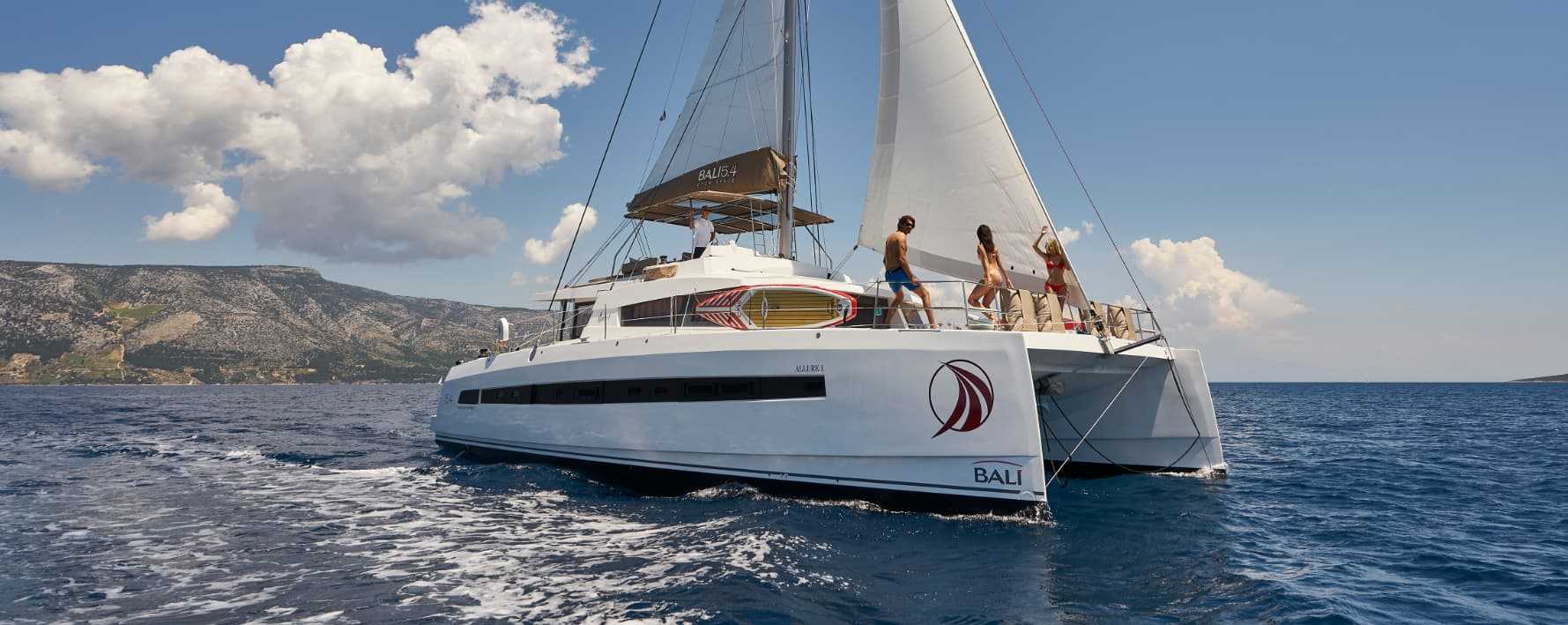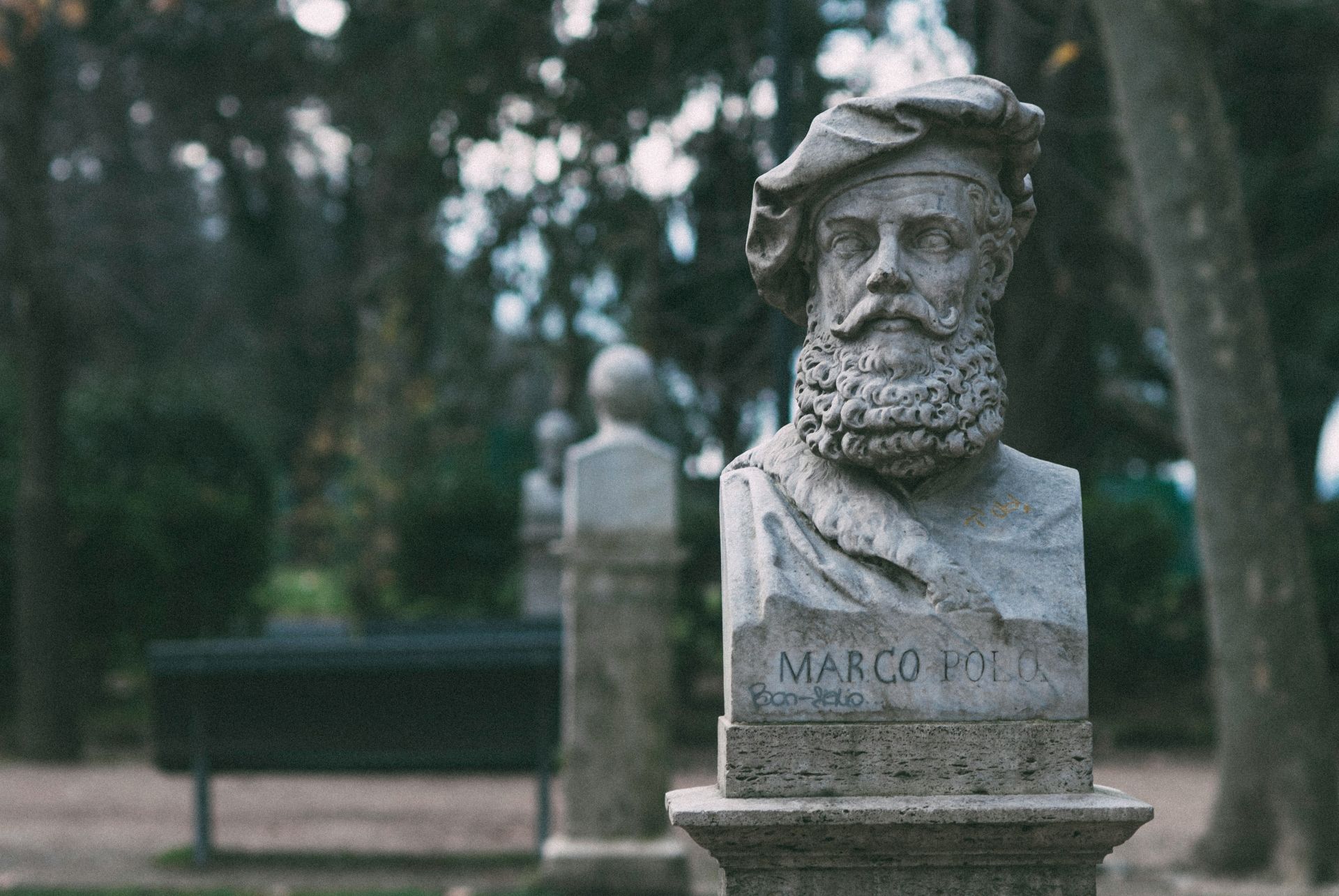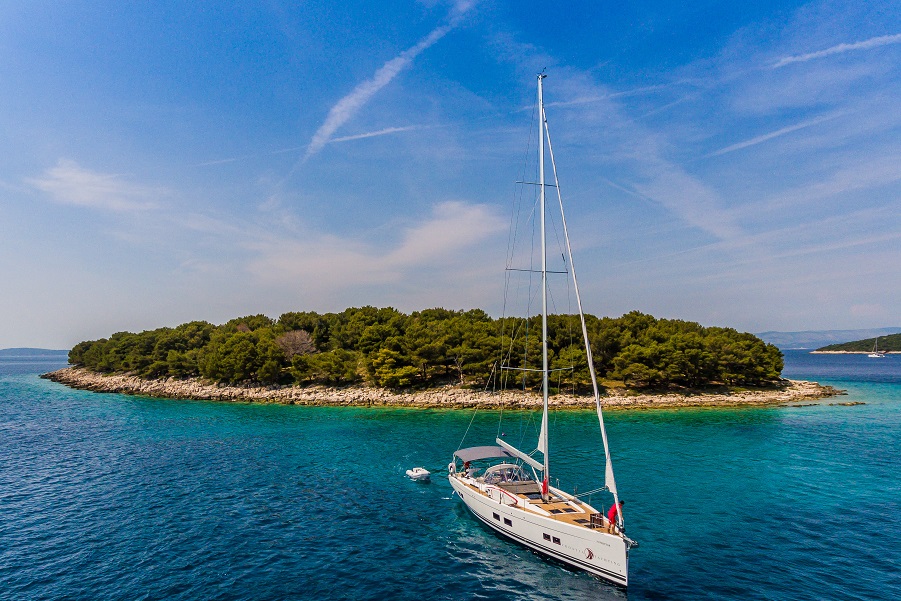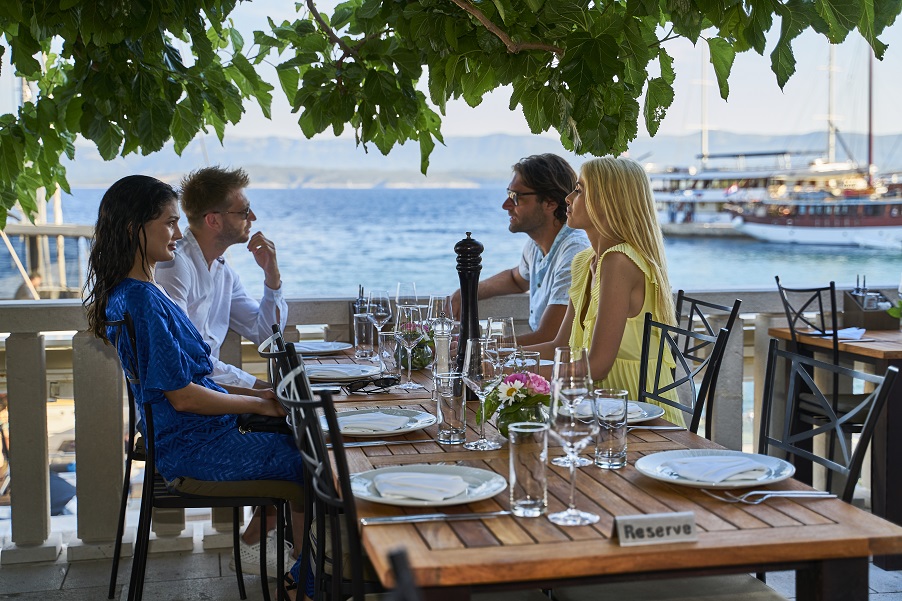The Legacy of Marco Polo and His Connection to Korčula

Table of Contents
- Korčula: The maritime heart of the Adriatic
- The legend of Marco Polo’s birthplace
- A man of the sea and the land
- The battle of Korčula
- Connections to the silk road and beyond
- Old and new
- Legends and cultural heritage
- A legacy that continues
- Facts about Marco Polo
- The Impact of Marco Polo’s travels on later maritime history
Marco Polo remains one of history’s most renowned explorers, a figure synonymous with adventure, discovery, and cross-cultural exchange. While his name is often linked to the vast Asian continent and his legendary travels along the Silk Road, a lesser-known but significant part of his story ties him to a small island in the Adriatic: Korčula. For centuries, this island has been a proud bearer of maritime heritage, and its association with Polo continues to be a source of local pride and historical intrigue.
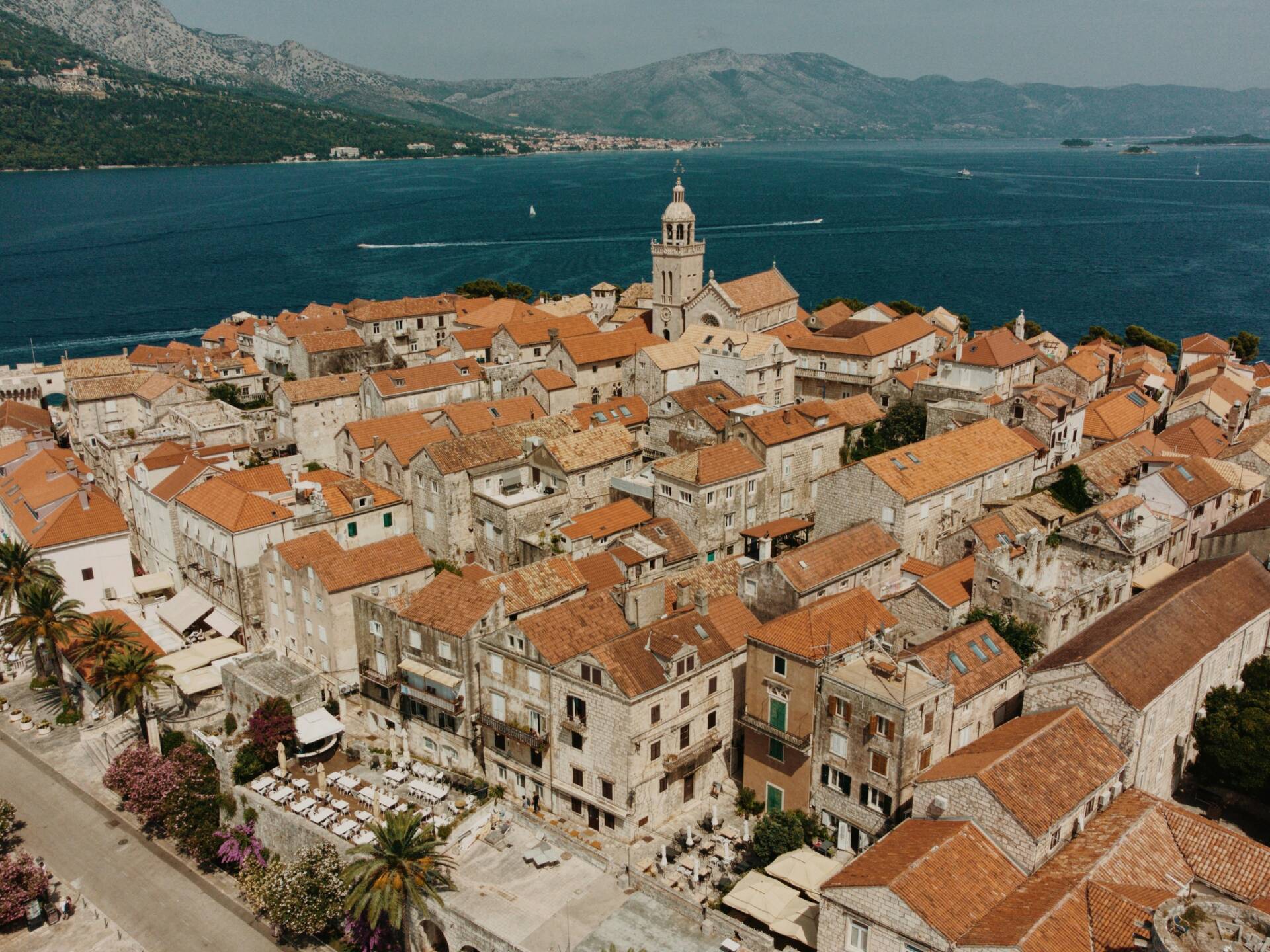
Korčula: The maritime heart of the Adriatic
Situated along Croatia’s Dalmatian coast, Korčula stands out not only for its scenic beauty but also for its strategic position in the Adriatic Sea. Its bays and coves made it an ideal hub for ancient sailors, traders, and explorers. The island’s architecture, with its fortified walls and narrow alleyways, tells stories of centuries of seafaring, of ships departing and returning, of merchants and adventurers crossing waters that linked Europe with the East Mediterranean.
Much of Korčula’s identity has been shaped by its maritime history. Towns like Korčula, Vela Luka, and Lumbarda preserved centuries of navigational knowledge, seafaring skills, and trading customs that are still evident today. Local stories and landmarks often point to the island as the birthplace of Marco Polo—although definitive proof remains elusive, the tradition persists in cultural celebrations and the collective memory.
The legend of Marco Polo’s birthplace
The association of Marco Polo with Korčula dates back centuries. The town of Korčula claims to be his birthplace, citing a small house in the old town as his family home. The narrative suggests that Polo’s early years on this island nurtured his curiosity, his understanding of different cultures, and his courage to undertake long journeys into the unknown world.
While scholars debate the exact origins of Polo and whether he was actually born in Korčula, the local community upholds the legend. The house, now a museum and cultural site, serves as a symbol of the island’s rich maritime heritage and its link to one of history’s greatest explorers.
A man of the sea and the land
Born in 1254, Marco Polo grew up during a time when navigation was a craft relying on intuition, celestial signs, and detailed local knowledge rather than technological aids. His early experiences in the Mediterranean and the Adriatic, especially around Korčula and the broader Dalmatian coast, were crucial to shaping his understanding of sea routes, coastal navigation, and cross-cultural encounters.
According to historical accounts, Polo’s family set out for the Silk Road when he was still young, embarking on what would be a 24-year journey that took him from Venice through Central Asia and into the courts of the Mongol Empire. His journey was marked by hardships: long months at sea and land, unfamiliar terrains, and complex political landscapes. Yet, Polo’s maritime skills and intuitive navigation helped him succeed, qualities he likely gained from his early days sailing along the Adriatic shores.
The battle of Korčula
One of the most significant episodes linking Polo’s story to Korčula occurred during the naval battles of the late 13th century. The Battle of Korčula in 1298 was a pivotal event in the struggle for control over the Adriatic Sea between the maritime republics of Venice and Genoa. According to historical records, Marco Polo served as a captain in the Venetian fleet during this period.
Following the defeat of the Venetians, Polo was captured by Genoese forces and taken prisoner to Genoa, where he remained for several years. It was during this time of captivity that Polo recounted his travels and experiences—stories that would later be transcribed into his famous work, Il Milione. This collection of tales became a cornerstone of world exploration literature, forever linking Venice, the sea, and Korčula’s maritime tradition to the global narrative of discovery.

Connections to the silk road and beyond
Marco Polo’s journeys are often associated with the Silk Road, which connected East and West through a network of trade routes. While Polo is widely respected for his overland expeditions, his maritime origins and the ports along the Adriatic played an instrumental role in facilitating his travels. The journey from Venice across the Mediterranean, through Egypt and the Middle East, and into Asia, was as much a maritime adventure as it was a land-based push into the unknown.
Korčula and other Dalmatian ports served as vital logistical points, as merchants and explorers used the Adriatic’s calm waters and sheltered harbors to reach distant markets and courts. It was through these maritime links that ideas, goods, and technologies moved between continents, laying the groundwork for the global interaction we know today.
Old and new
Today, the ships that sail off the shores of Korčula do so with modern technology—satellite navigation, GPS, automated weather predictions—yet the fundamental spirit of exploration persists. Many sailors, both professional and amateur, continue to seek adventure beyond familiar routes, exploring secluded coves and islands around Korčula, inspired by the stories of the past.
The island’s cultural institutions celebrate its maritime history and Marco Polo’s legendary link to the region through festivals, exhibitions, and educational programs. These initiatives aim to keep alive the spirit of curiosity and discovery that defined Polo’s life more than 700 years ago.

Legends and cultural heritage
In local folklore, Marco Polo is regarded as a child of Korčula, a young boy eager to see the world. Stories tell of his early voyages along the coast, of his fascination with distant lands, and of his dreams which spurred him into uncharted territories. These legends have shaped the cultural identity of Korčula, fostering pride among residents and inspiring generations of sailors and explorers.
Festivals held annually in the town honor his memory, featuring historical reenactments, exhibitions of maritime artifacts, and storytelling sessions. These celebrations strengthen the island’s maritime tradition and emphasize Korčula’s significance as a cradle of exploration.
A legacy that continues
The association between Marco Polo and Korčula is more than just a legend; it’s a symbol of human curiosity, resilience, and the relentless pursuit of knowledge. His journeys remind us that the sea remains fundamental to human life—a vast frontier inviting adventure, discovery, and cultural exchange.
Korčula, as his possible birthplace and a vibrant maritime hub today, continues to inspire those who seek to understand the world from its shores. Every voyage begins with curiosity, and the legacy of Marco Polo underscores the enduring importance of exploration—an adventure that keeps alive the spirit of discovery across centuries.

Facts about Marco Polo
- He was born in 1254, and some sources claim he was born on Korčula, although this remains a subject of long-standing historical debate; some consider him Venetian, while local tradition strongly associates him with Korčula.
- He spent about 24 years traveling throughout the Far East, including serving the Mongol Khan Kublai, where he acquired extensive knowledge of the customs, languages, and regions of that time.
His journeys covered more than 25,000 kilometers, mastering various land and sea routes and meeting peoples from China to Southeast Asia. - In 1298, after the battle between the Venetian and Genoese fleets near Korčula, he was captured and taken to prison in Genoa. There, he recounted his travels to Rustichello da Pisa, who wrote down these stories in the famous book Il Milione (The Million).
- Polo was the first European to bring detailed and reliable information about China and Asia to Europe and significantly influenced the development of geographical science and cartography.
- There is a legend that he spent several days imprisoned on Korčula itself, further linking his fate with this island.
Although history sometimes humorously refers to his descriptions of exotic lands as "lies," because they were so different from the known world, Polo claimed he had not told even half of what he saw. - Marco Polo’s travelogue inspired later explorers such as Christopher Columbus and other sailors who sought new sea routes to the Far East.
- During his travels, Polo encountered many cultures, customs, Eastern religions, and technologies, greatly contributing to Europe’s understanding of the world.
- His observations on paper money, the use of coal as fuel, and other technological achievements in China were among the first descriptions of these phenomena in Europe.
The Impact of Marco Polo’s travels on later maritime history
Marco Polo’s journeys had a significant impact on the development of seafaring and exploration in Europe. His detailed descriptions of distant lands and maritime routes opened the eyes of Europeans to worlds that had previously been almost unknown or only marginally understood. Polo’s accounts contributed to the advancement of cartography, as they contained geographic information used in the creation of the first more accurate maps of Asia and the Far East. These maps enabled safer and more efficient navigation, which in turn encouraged further exploration of seas and lands.
His travel books were an important source of inspiration for explorers such as Christopher Columbus, who sought new sea routes to India. Polo’s testimonies about trade routes, natural obstacles, and cultural differences helped sailors better prepare for expeditions and understand the countries and seas they traveled through.
Additionally, Polo’s work facilitated the exchange of knowledge between East and West, improving the safety and effectiveness of maritime navigation. His contributions greatly influenced the development of seafaring as a discipline and the expansion of trade networks during the late Middle Ages and Renaissance. Marco Polo connected worlds and sparked a wave of exploration that shaped global history.
